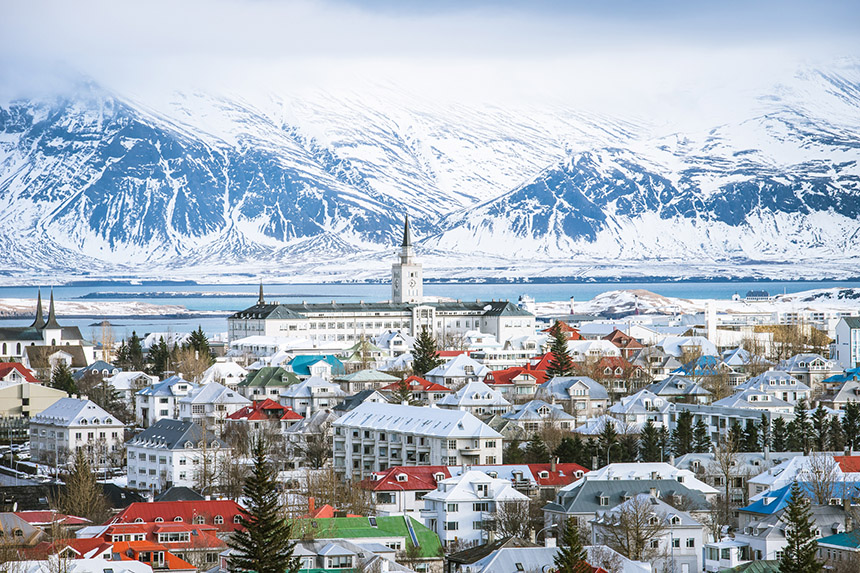Physical Address
304 North Cardinal St.
Dorchester Center, MA 02124

Why is Iceland so expensive? This is a question often asked by potential visitors and those intrigued by the nation’s economy. In this guide, we will explore the myriad factors that contribute to Iceland’s high price point, which encompasses everything from imported goods to high wages. By understanding these components, you can plan your trip or research in a more informed manner. Let’s begin our exploration of this fascinating topic.
Iceland’s geographical location is one of the primary reasons behind its high costs. Situated in the North Atlantic, the island nation is relatively isolated from other countries. This remoteness means that transportation costs are higher, which in turn raises the price of imported goods. Moreover, the country’s harsh and unpredictable weather conditions can further amplify these costs, making it more expensive to maintain and operate transportation networks.
Iceland is known for having one of the highest living standards in the world. High wages are a significant contributor to the overall costliness. Employers have to pay higher salaries, which naturally increases the cost of services and goods. Despite the high prices, it is essential to note that the citizens enjoy excellent healthcare, education, and other social services, which somewhat justifies the high living standards.
Due to its volcanic terrain and harsh climate, Iceland has a limited agricultural sector. The nation relies heavily on importing various food products, which, as mentioned earlier, can be costly due to transportation fees. Moreover, the agricultural products that are produced domestically often require heated greenhouses and other technologies to foster growth, adding to the production costs.
While Iceland is renowned for utilizing renewable energy sources, mainly geothermal and hydropower, the initial costs of setting up and maintaining these energy infrastructures can be quite high. These costs, to some extent, are reflected in the prices of everyday commodities and services.
Over recent years, Iceland has seen a surge in tourism, which has brought a significant amount of revenue to the country. However, this surge in tourism has also contributed to higher prices, as businesses capitalize on the increased number of visitors. Accommodation, dining, and sightseeing can thus be more expensive compared to other countries.
Another reason why Iceland is so expensive is the government’s tax policy. Iceland imposes high taxes on various products and services, including a high value-added tax (VAT). These taxes, while contributing to the country’s robust social welfare programs, also add to the costs that consumers have to bear.
Though Iceland is indeed costly, there are ways to navigate these high costs effectively. Budget travelers can consider options like staying in hostels, cooking their own meals, and utilizing public transportation. Additionally, planning your trip during the off-peak season can help save considerably as prices for accommodations and attractions may be lower.
Why is Iceland so expensive? As we have seen, a combination of geographical location, high living standards, a limited agricultural sector, reliance on renewable energy sources, increased tourism, and government taxes play substantial roles in determining the high costs associated with Iceland. Despite the high prices, the nation offers a unique and enriching experience, with stunning natural beauty and a high quality of life. With proper planning and budgeting, it is possible to enjoy all that Iceland has to offer without breaking the bank.